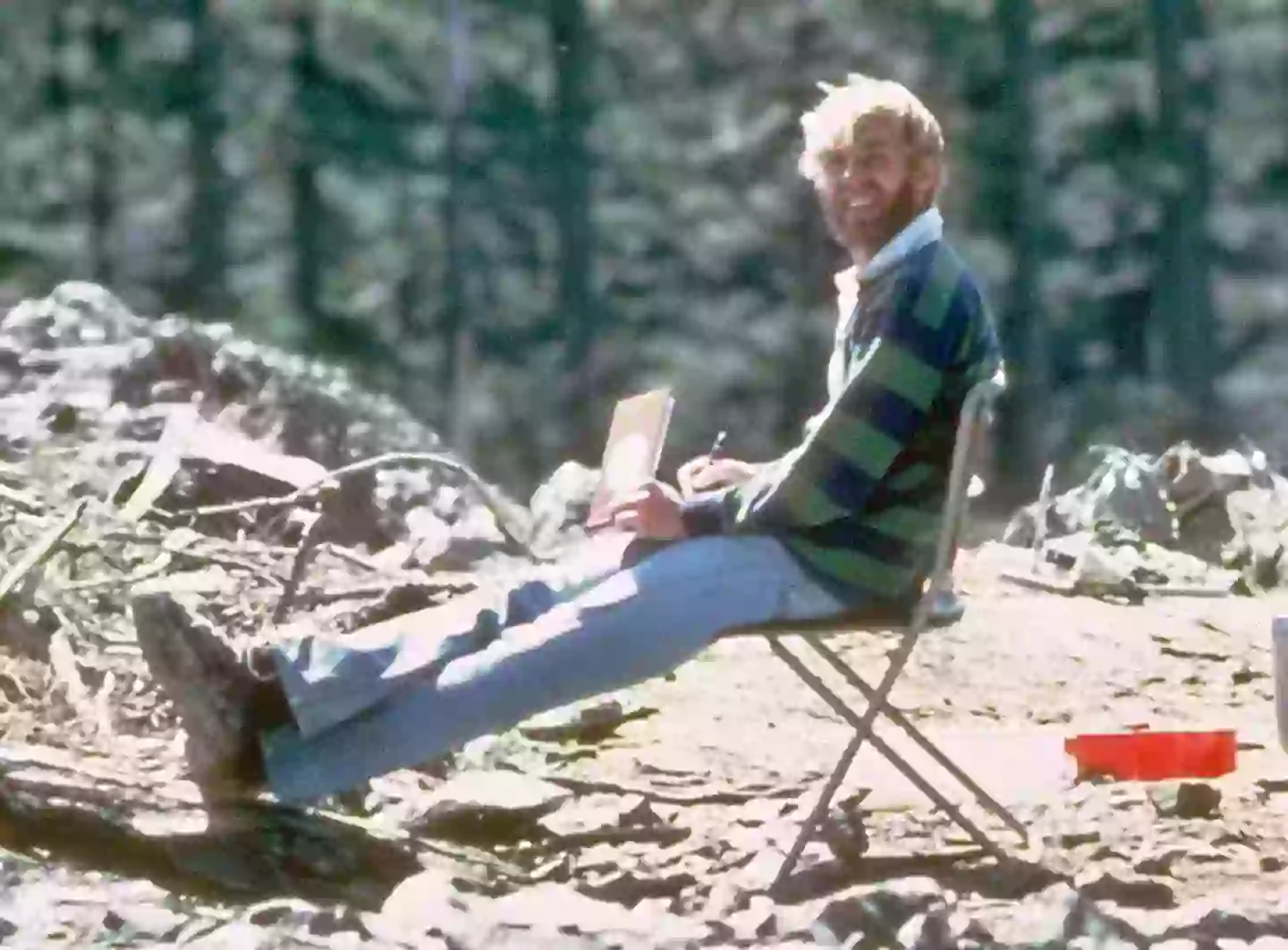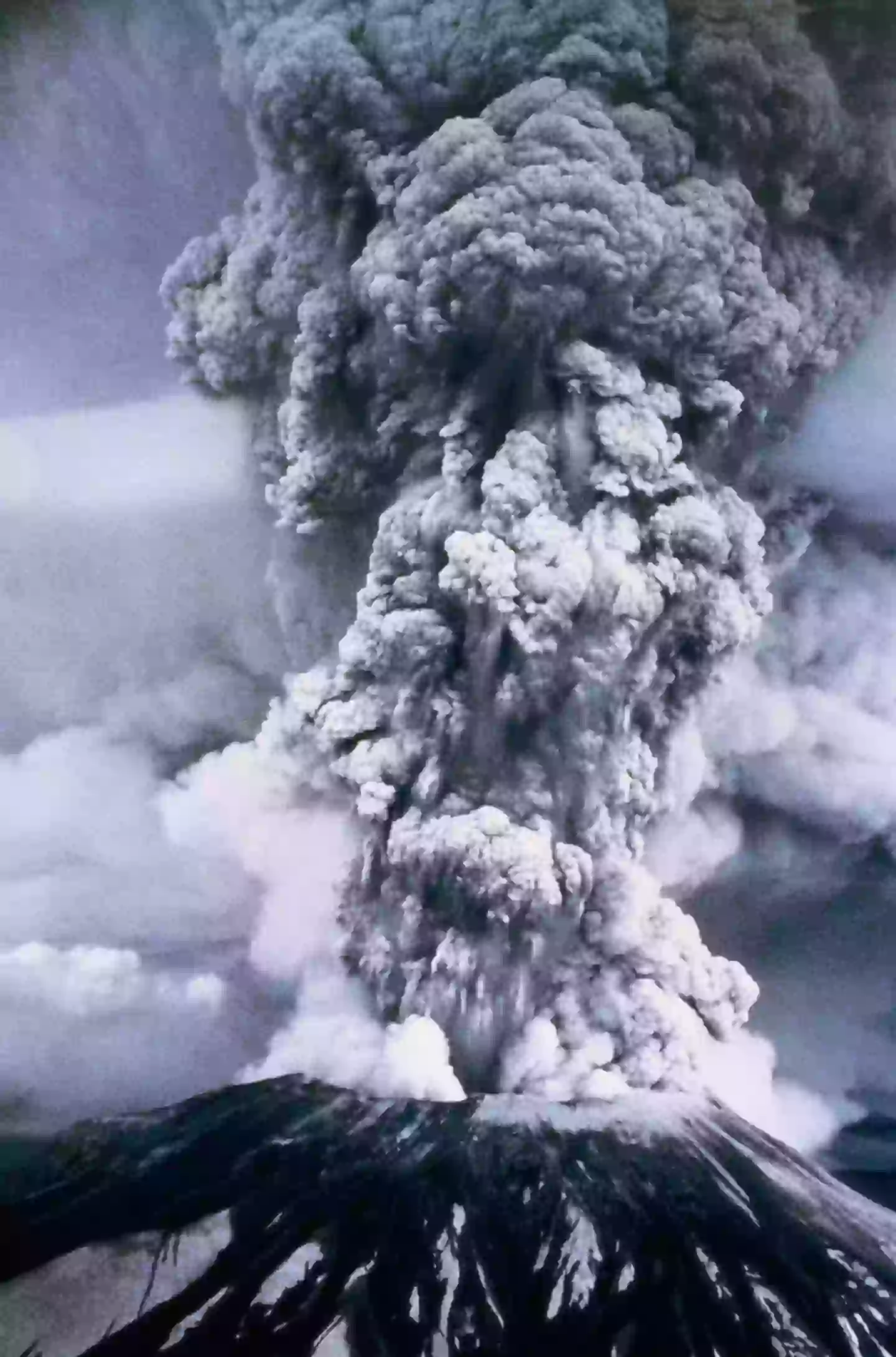David A. Johnston was killed just hours after his last ever picture was taken.
The volcanologist from Chicago, US was once one of the principal scientists on the USGS monitoring team.
And his interest in geology started from a young age, going on to complete his PhD at the University of Washington.
His last act, however, was witnessing the 1980 eruption of Mount St. Helens at the age of 30.
A poignant picture of Johnston around 13 hours before the eruption sees him sat in a folding chair, writing in a notebook, and smiling towards the camera.
David A. Johnston's last ever photo (David A. Johnston) David Johnston and the Mount St Helens eruption
On the morning of 18 May, 1980, Johnston had been monitoring Mount St Helens for volcanic activity at an observation post six miles (10 km) away.
Johnston's work in the region had been crucial in convincing authorities to keep the area around the volcano closed to the public, despite pressures to reopen, a decision which is thought to have saved so many lives.
After noticing a bulge on the side of the mountain, Johnston and a fellow scientist theorised that Mount St Helens could be erupt with a deadly lateral blast and volunteered to continue monitoring the volcano from the Coldwater II observation post to the north of the mountain.
Having witnessed the blast, Johnston made an attempt to get in send a radio transmission of the eruption to nearby Vancouver, with his final recorded words being: "Vancouver, Vancouver! This is it!"
Approximately 57 people died from the eruption (Getty Stock Images) His transmission would never make it.
After the eruption, teams worked to locate Johnston and the Coldwater II observation post, both of which had been swept away in the blast.
Years later, pieces of his USGS trailer were recovered, however, his remains were never found. Coldwater II would later be re-named 'Johnston Ridge' in honour of Johnston and his work.
The 1980 Mount St Helens eruption
Dormant since the 1840s, Mount St Helens began to show increased activity in March of 1980. Earthquakes were reported in the region during the March and April of that year. This was followed by steam eruptions and bulges in the side of the volcano, which suggested that magma was moving around underneath.
Access to areas around the crater were subsequently prohibited as authorities worked to prepare for a possible eruption.
This would occur on 18 May, with a 5.1 magnitude earthquake being followed by an explosion and an extremely lethal sideways explosion, which caused part of the mountain's north face to collapse.
The eruption would go on to become the most destructive in American history, devastating an area of 596 square kilometres (229 square miles) around the volcano and killing 57 people.
Additional words by Brenna Cooper.

 Anish Vij
Anish Vij
